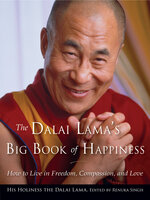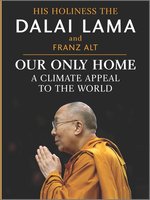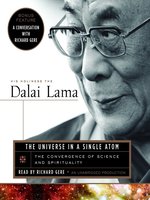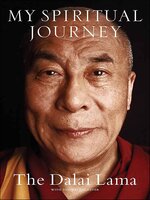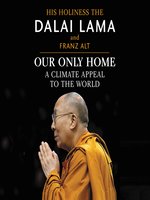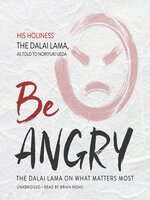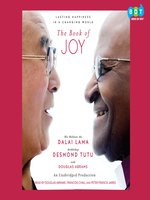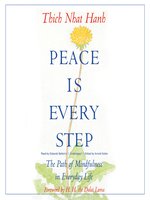-
1
-
2
-
3
-
4
-
5
-
6
-
7
-
8
-
9
eAudio - 2016
-
10
eAudio - 2015
-
11
Streaming video - 2006
Saved in: -
12
Streaming video - 2022
Saved in: -
13
Streaming video - 2019
Saved in: -
14
Streaming video - 1993
Saved in: -
15
Streaming video - 2009
Saved in: -
16
-
17
-
18
-
19The genius of empathy : practical skills to heal your sensitive self, your relationships & the worldby Judith Orloff
Book - 2024
Loading…Saved in: -
20
Search tools:
Get RSS feed
–
Email this search
Related Subjects
Nonfiction
Documentary films
Philosophy and religion
Asians
Buddhism
History
Doctrines
Psychology
Religious aspects
Religious life
Self-actualization (Psychology)
Social sciences
Biography
Buddhists
Chinese poetry
Compassion
Current affairs
Death
Elegiac poetry
Emotions
Empathy
Environmentalism
Ethnic identity
Foreign study
Four Noble Truths
History, Modern
Human rights
Mental health
Migrations
PSYCHOLOGY / General


